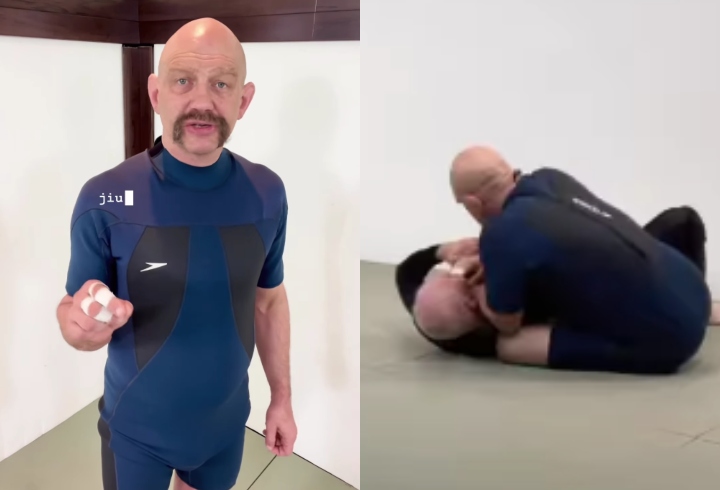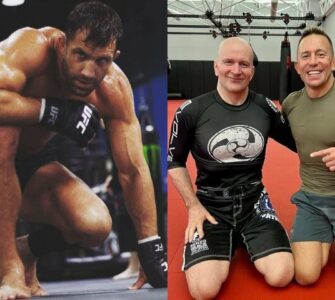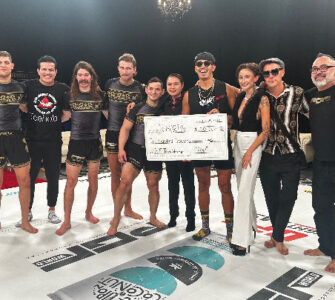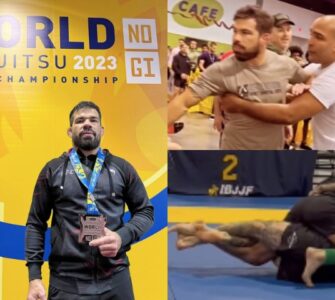As a serious and injury prone Jiu-Jitsu practitioner, you may have thought about whether wearing additional gear could enhance your training experience. While a wetsuit seems an unlikely choice, the benefits of shoulder support, injury prevention, and compression may make it worth considering for certain situations.
Hear us out, a wetsuit provides padding and stability for vulnerable joints while also allowing a full range of motion. The tight-fitting neoprene acts as a second skin to keep muscles warm and aligned. For those recovering from an injury or wanting an extra layer of protection when practicing more rigorous techniques, a wetsuit could be an unconventional yet effective training tool. Before dismissing it as an odd idea, evaluate how a wetsuit may benefit your practice and enable you to train harder and longer. With options available for any climate, a wetsuit offers versatile functionality on and off the mats.
BJJ black belt Stephen Kesting has been experimenting training Jiu-Jitsu using a wetsuit and he talks about why it could be injury prevention hack for BJJ.
Kesting notably thinks that it’s great for rolling with an injured shoulder.
For those recovering from a shoulder injury, the compression from a wetsuit helps stabilize the joint and surrounding muscles. This can reduce pain from movement and decrease the risk of re-injury during training. The insulation also keeps the area warm, which improves blood flow to aid in healing.
Wearing a wetsuit is not a substitute for proper rest and rehabilitation of an injury. However, for minor sprains or strains, or when returning to training under guidance of a doctor, a wetsuit provides supplementary support and protection. The tight fit and range of motion restriction may take adjustment, but can give peace of mind that vulnerable areas are reinforced.
View this post on Instagram


















